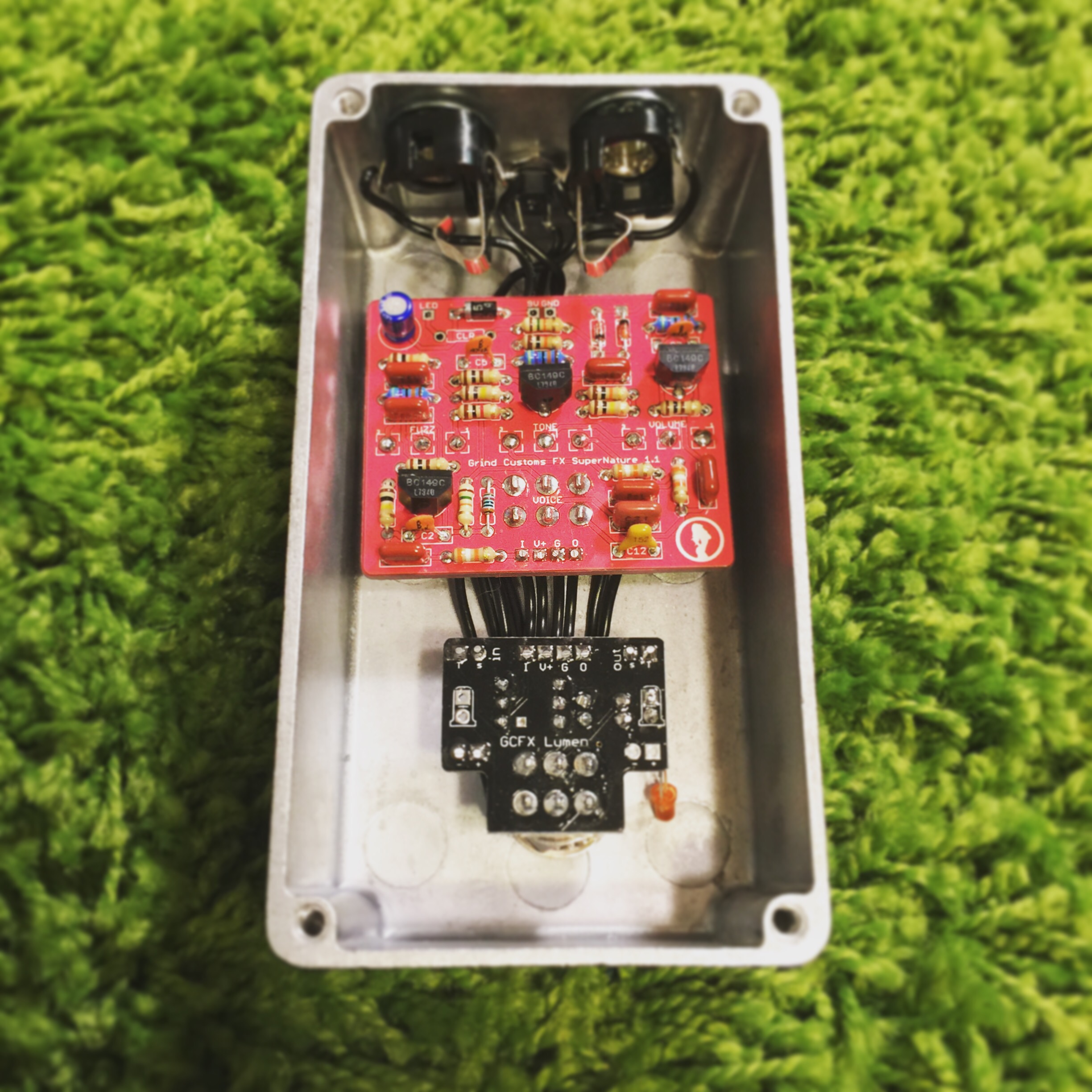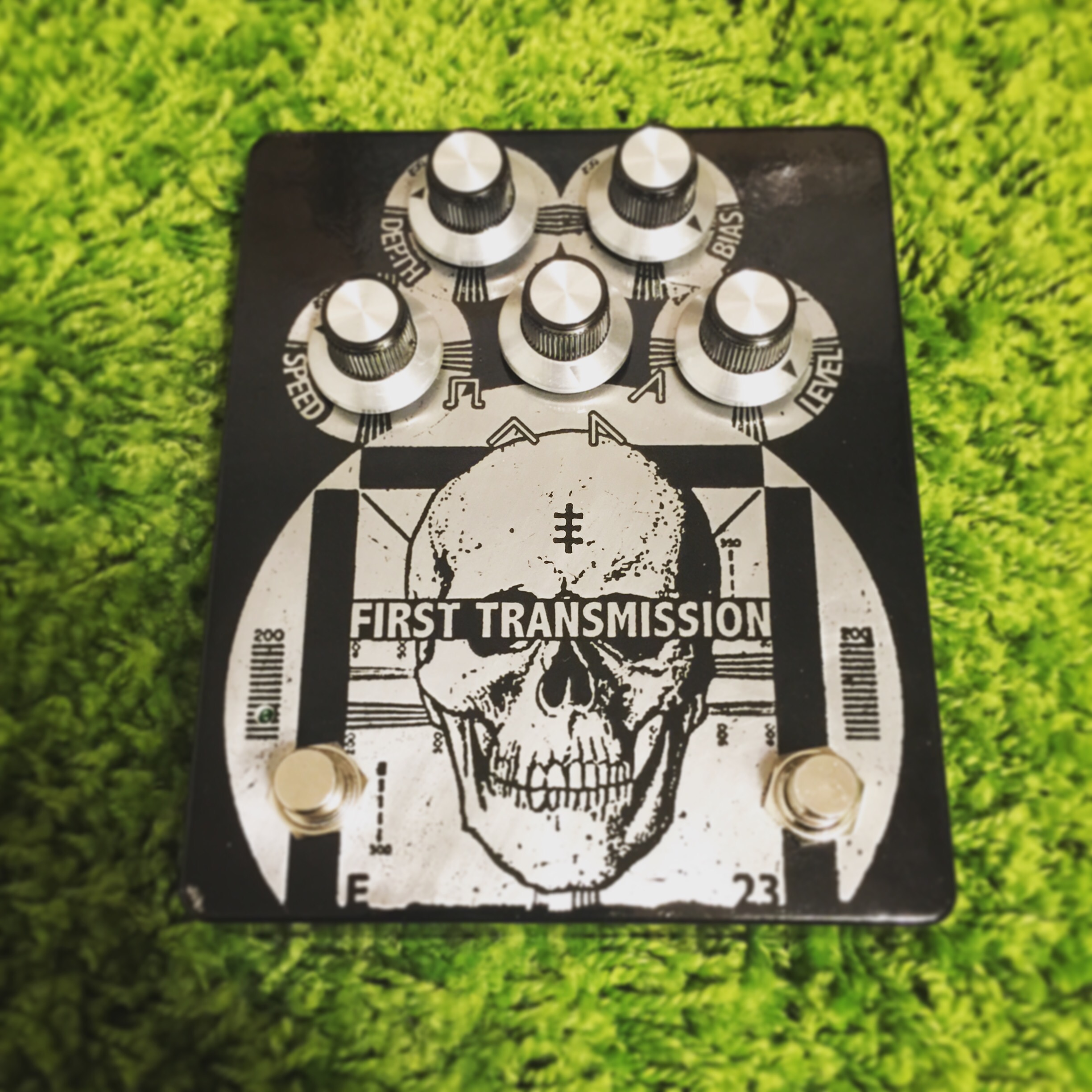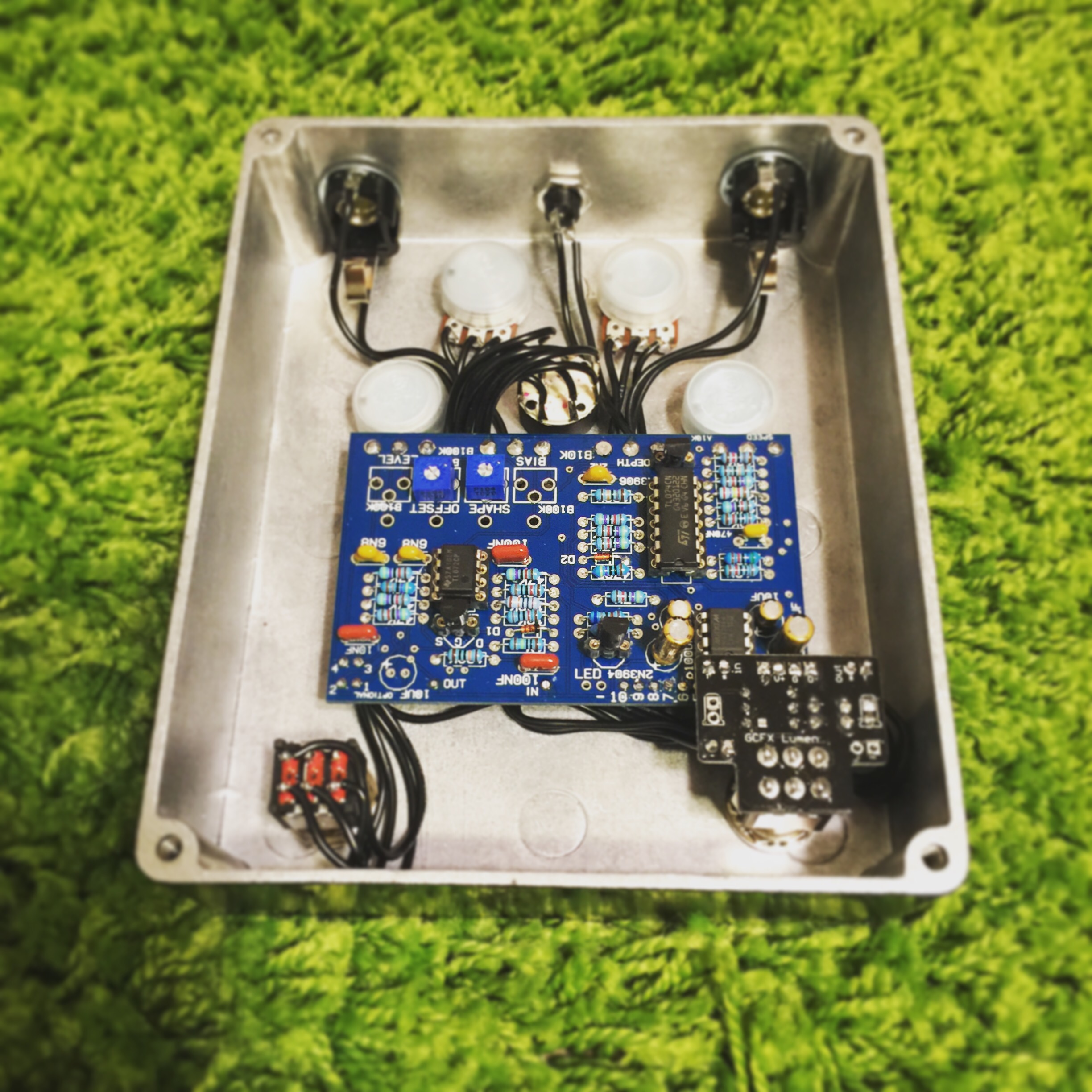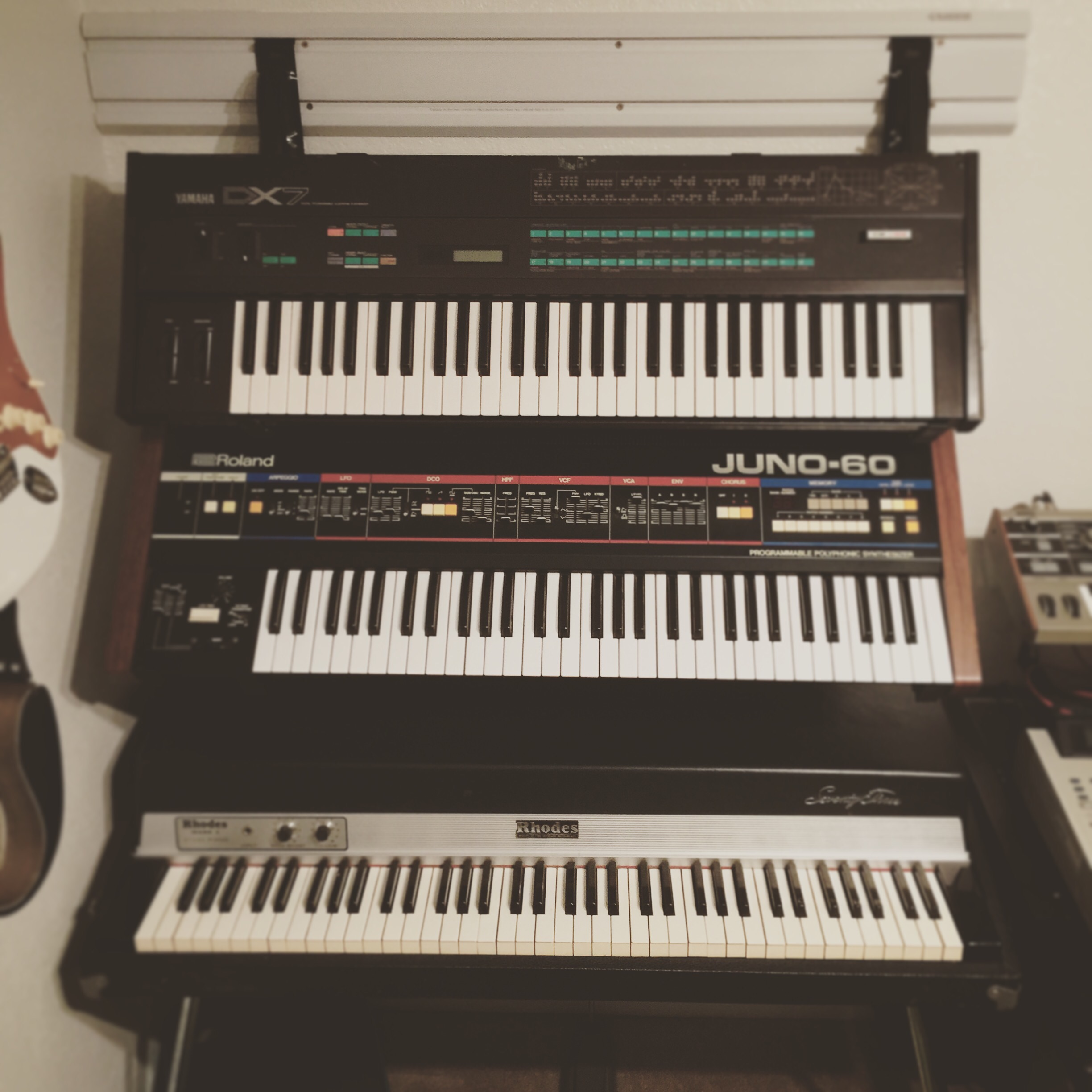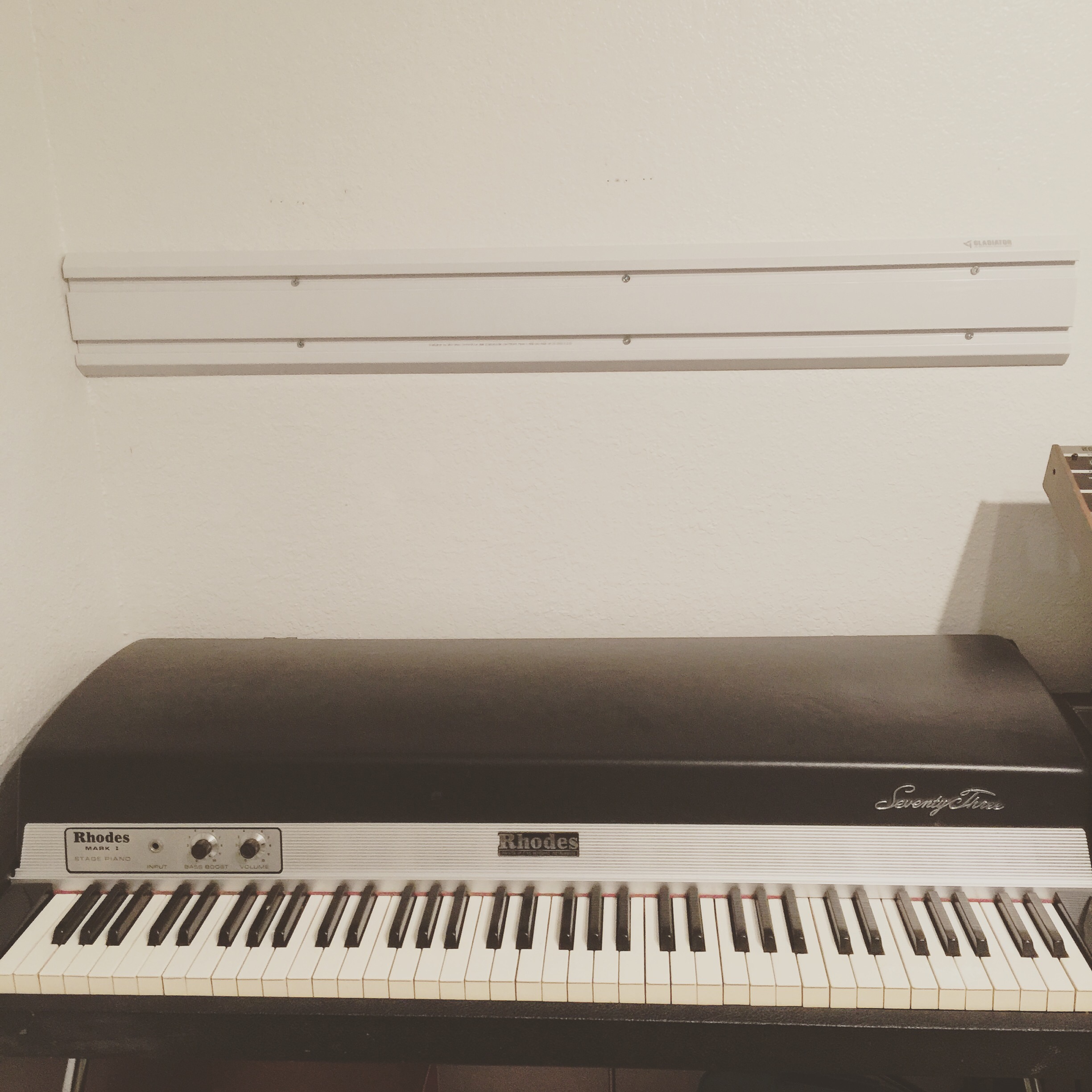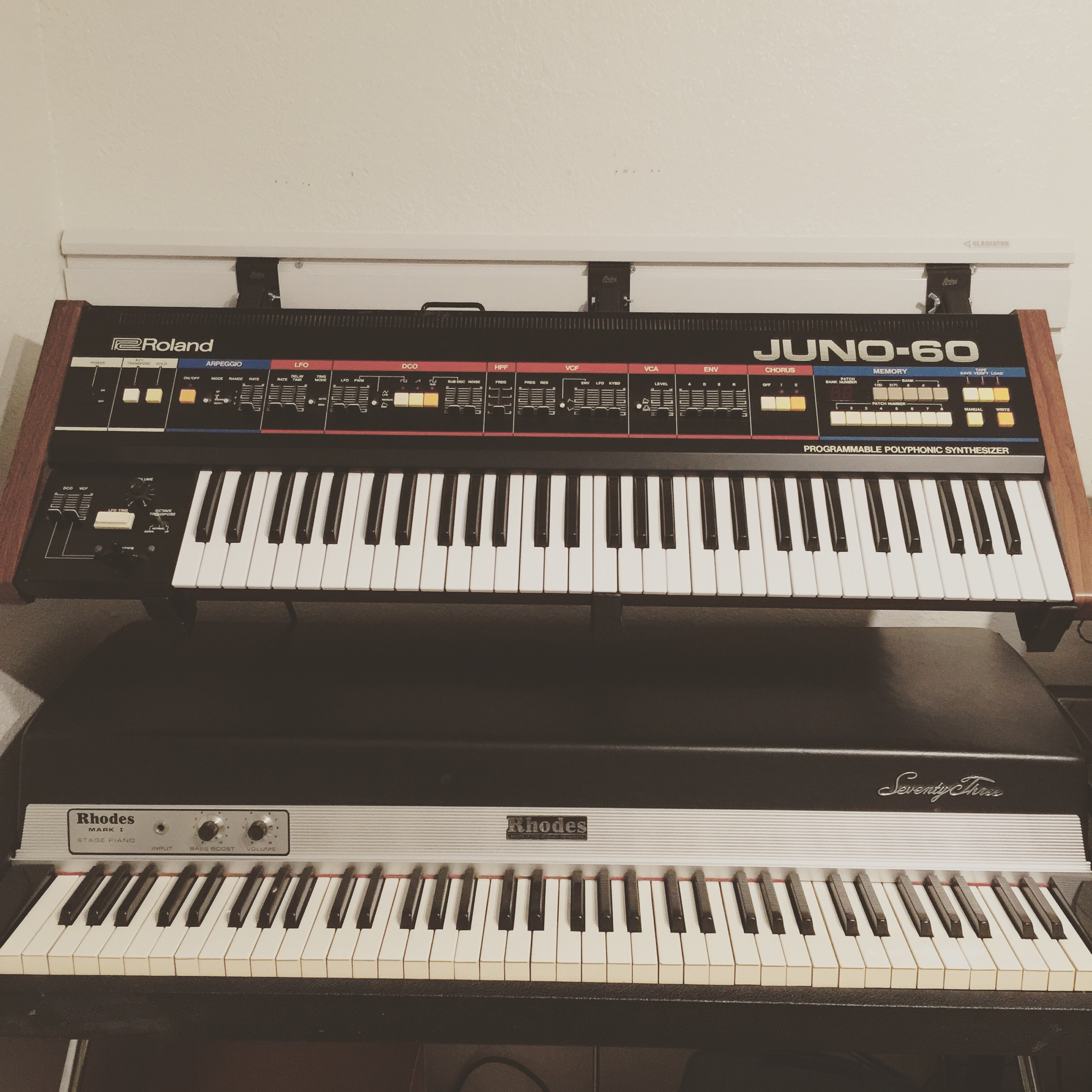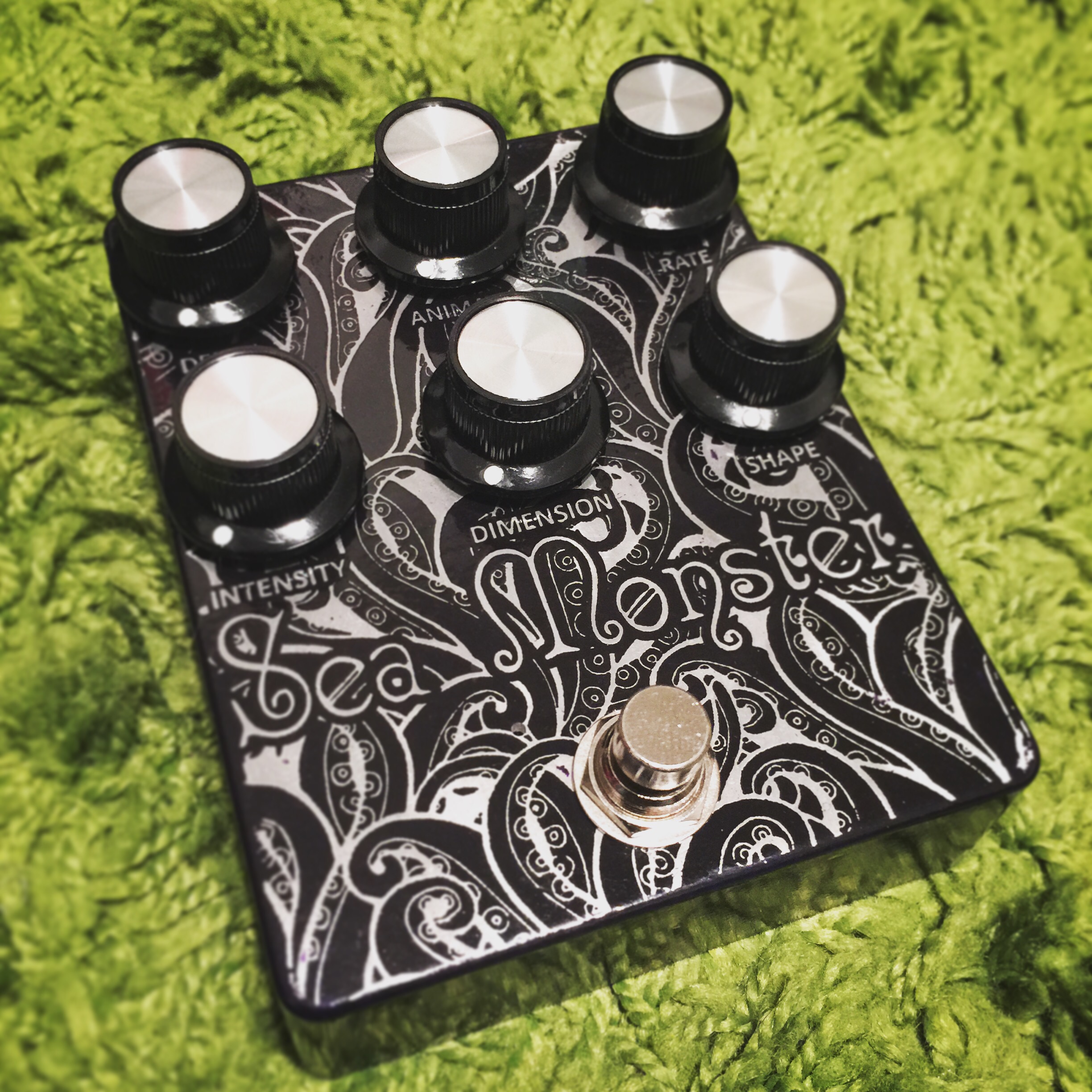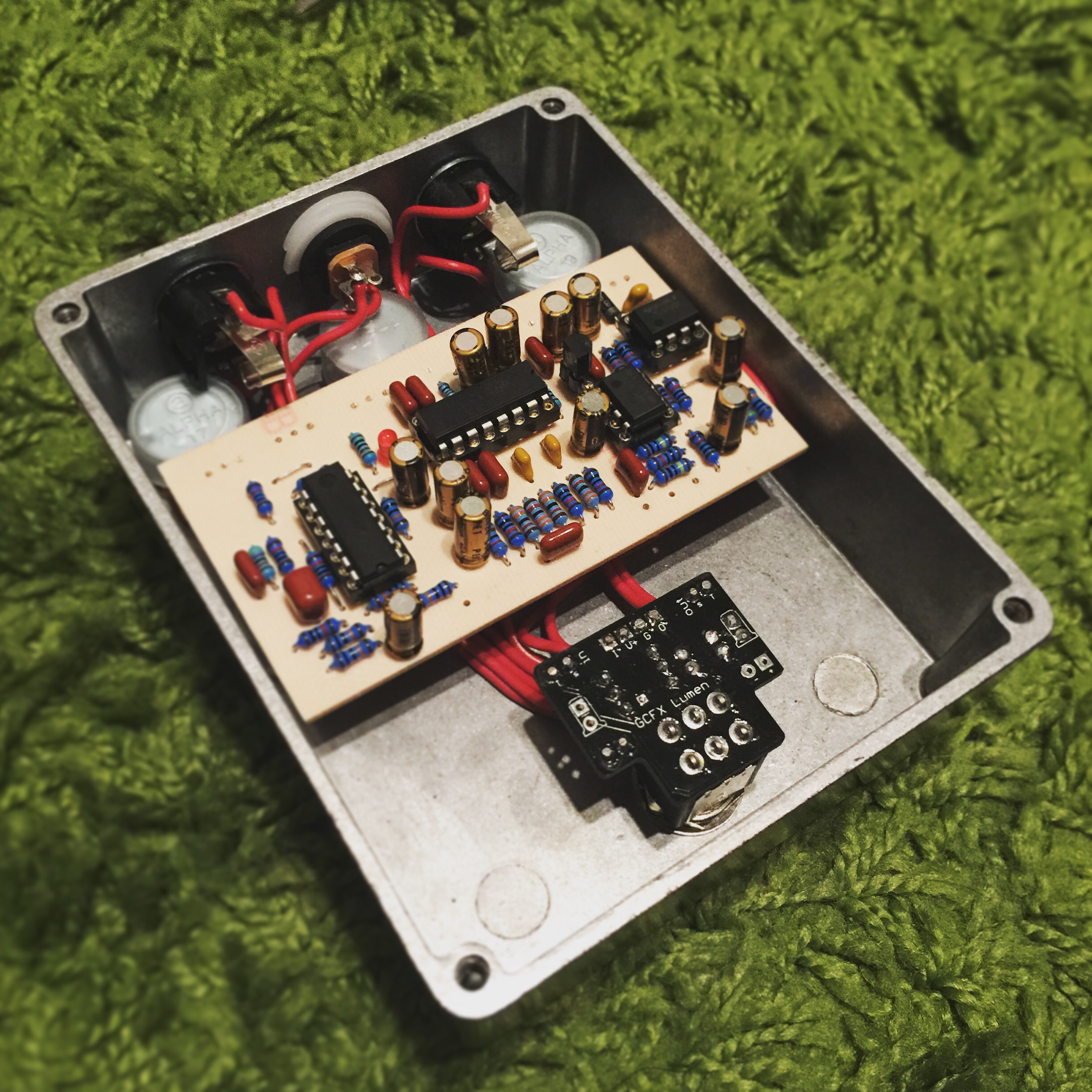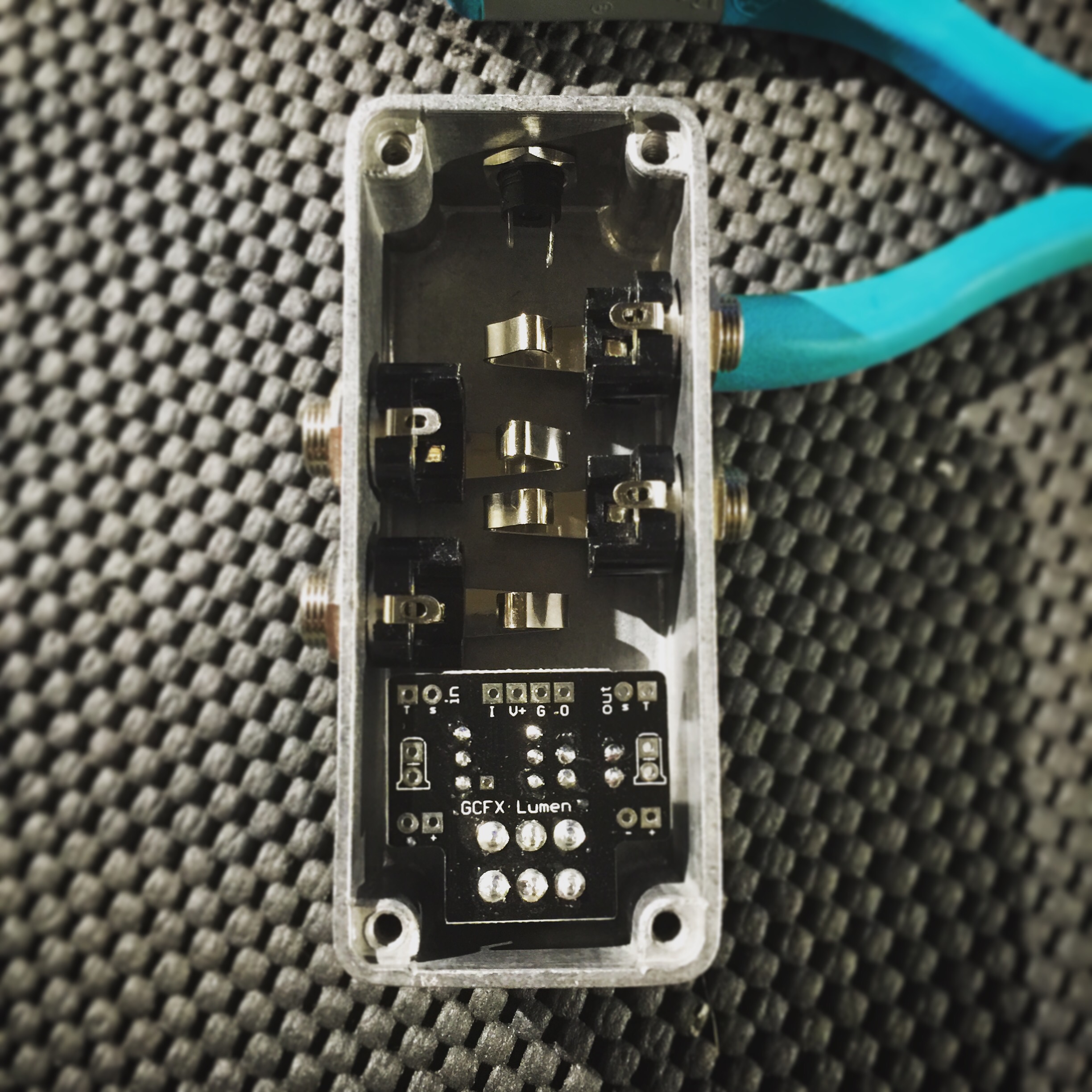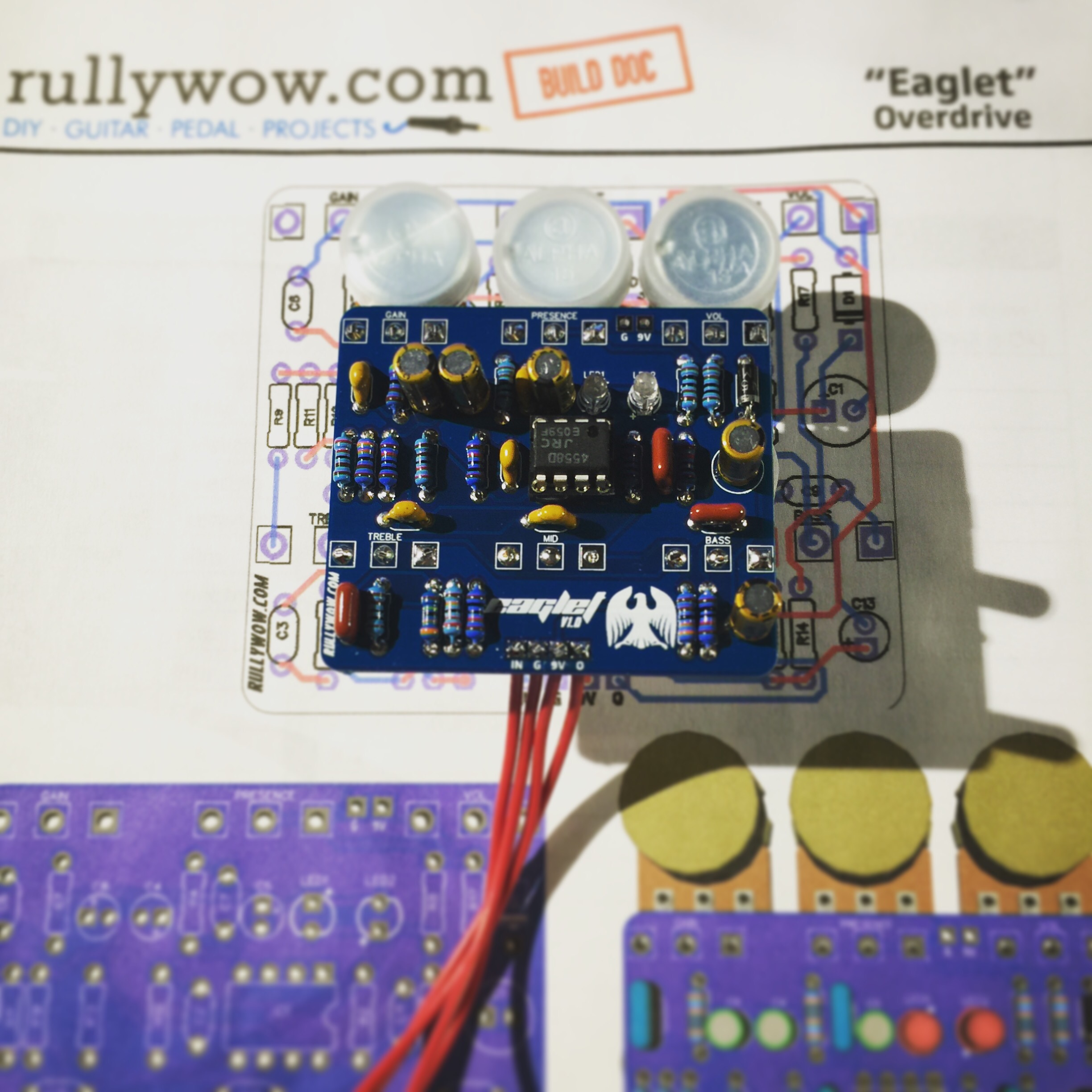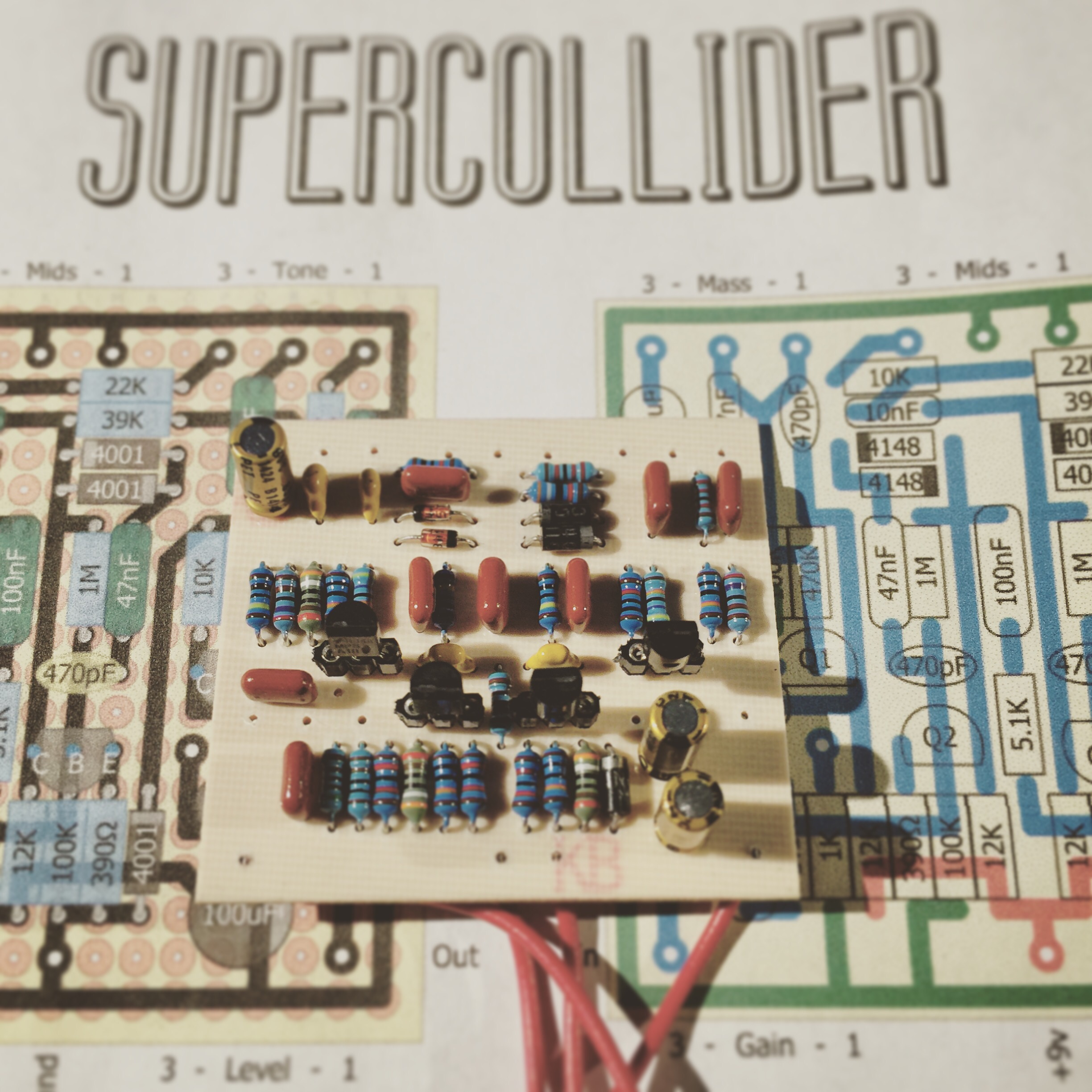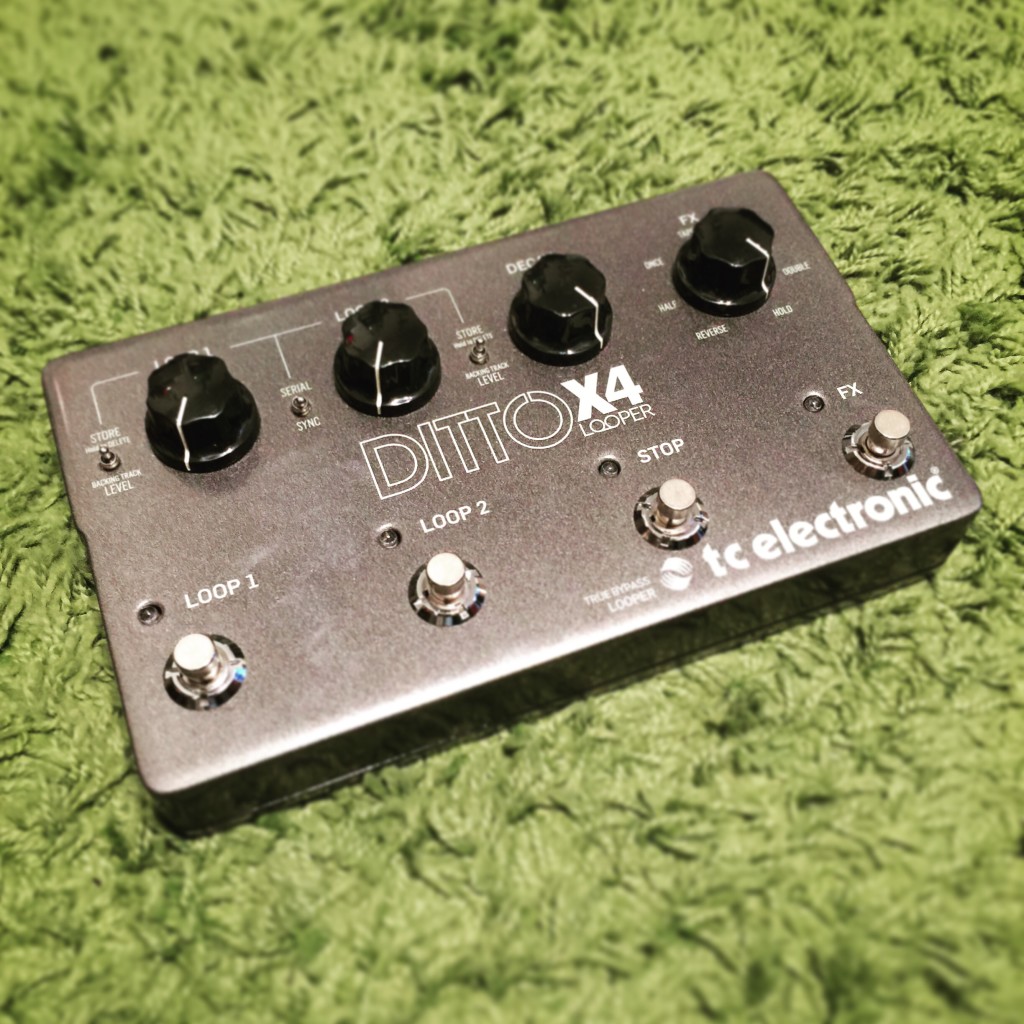
I am not new to loopers by any means but, i never had a looper that allowed me to record/loop so much. I started with a DL4 years ago and had a blast with that but then upgraded to a Strymon Timeline. The 20 second limit was never a real problem since I alway did 4 to 8 bar loops. It wasn’t long that I really wanted to have something more, like more parts/phrases and more control. My father picked up the original Ditto when it was released and fell in love with it. He would take advantage of the full 5 minutes it would let you record and loop. I was amazed by the recording quality and how they packaged all that madness in a small package (Hammond 1590A sized).The only downside I found was having to control all these neat functions with one foot switch. I na-sayed it for some time until I saw they X4 announced. It looked like exactly what I wanted BUT.. it still had multiple controls on single footswitches. I decided that, like my Strymon Timeline, it will just take a little time and messing with to get used to it.
I love that fact that you can have 2 independent loops playing (like having 2 ditto pedals playing at the same time in sync) or I can have one loop playing at a time and go back in forth in time. Having the ability to use MIDI to sync a clock to is also exciting and I can use my Strymon pedals to set the master clock or even my Macbook with Logic. The ability to save your loops as WAVs and transfer to a PC VIA USB is amazing also. Also able to add WAV loops as a backtrack to play against.
I have a total of 1 hour play with this thing so far and I am really liking it.
